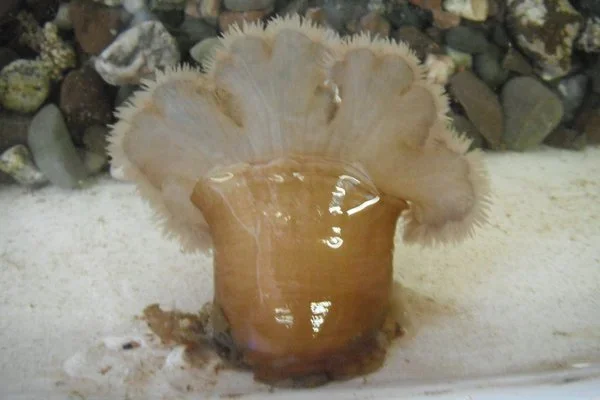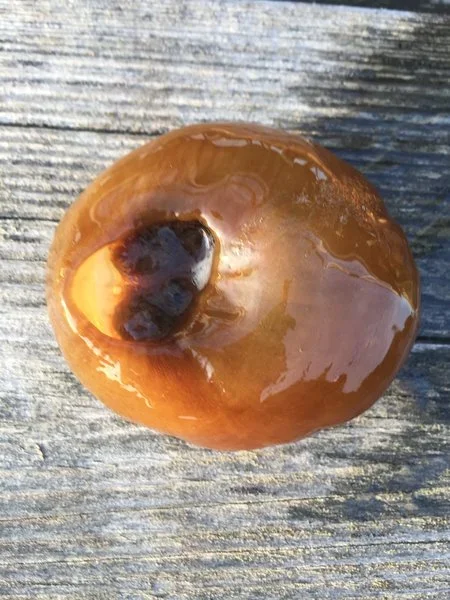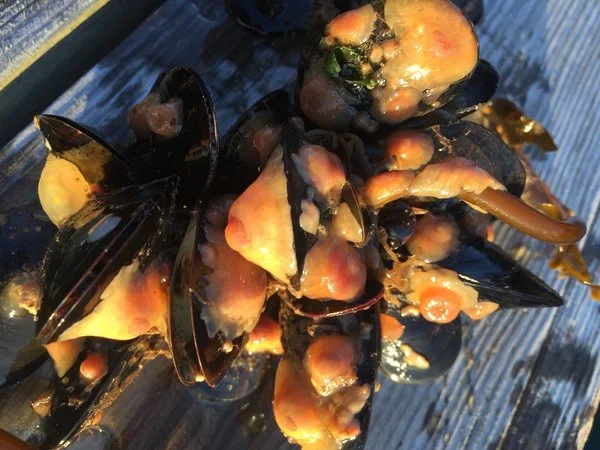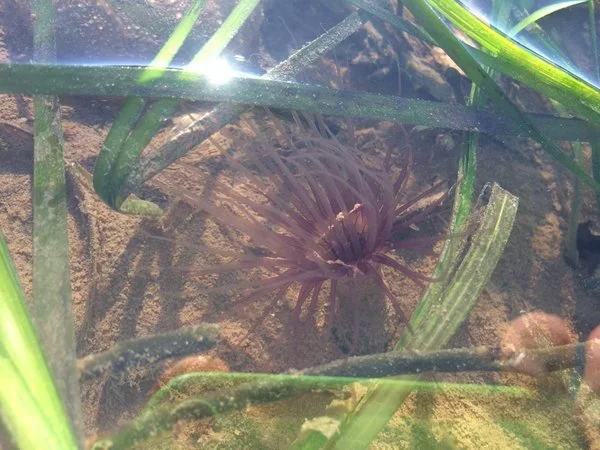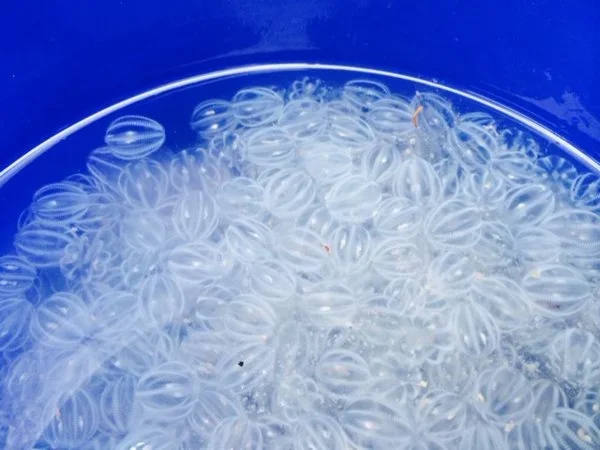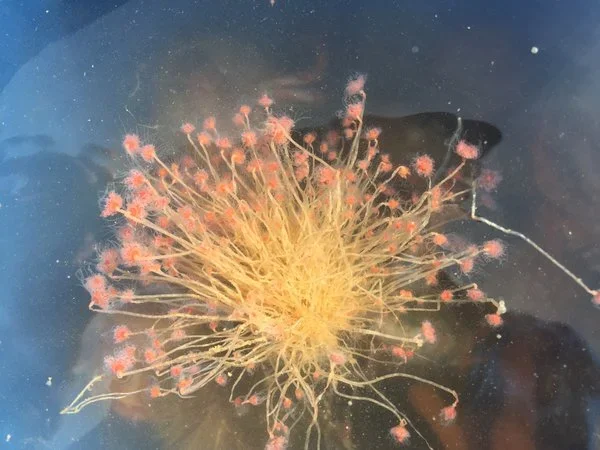 Image 1 of 1
Image 1 of 1


Pink Hydroid (Tubularia)
Live Pink-Hearted Hydroid (Tubularia spp.)
Please note this is a live marine specimen
The Pink-Hearted Hydroid (Tubularia spp.) is a delicate colonial cnidarian found attached to mooring lines, floats, and lobster traps along Maine’s coast. Its tan, hair-like stalks end in soft, pink-red tufts resembling tiny flowers—earning it the nickname “pink-hearted.” These hydroids are fascinating examples of colonial invertebrates, showing both beauty and complexity in marine life.
Ideal for classroom study, marine aquariums, and biological research, each colony reveals the structural elegance and living dynamics of hydrozoans in the Gulf of Maine ecosystem.
Common name: Pink hydroid or pink-hearted hydroid
Scientific name: Tubularia spp.
Locations: Undersides of rocks, mooring lines, floats, lobster traps & lines
Seasonality: Can be collected year-round, best colonies in summer and fall
Colors: Tan stalks with pink-red tufts
Size: 1” – 3” tufts
Collected: By hand
Quantity: Sold by the tuft or colony
Note: This is a live marine specimen. Natural variations in size, color, and appearance from photos should be expected. If you would like any specimen preserved, please send a request to: info@gulfofme.com.
Live Pink-Hearted Hydroid (Tubularia spp.)
Please note this is a live marine specimen
The Pink-Hearted Hydroid (Tubularia spp.) is a delicate colonial cnidarian found attached to mooring lines, floats, and lobster traps along Maine’s coast. Its tan, hair-like stalks end in soft, pink-red tufts resembling tiny flowers—earning it the nickname “pink-hearted.” These hydroids are fascinating examples of colonial invertebrates, showing both beauty and complexity in marine life.
Ideal for classroom study, marine aquariums, and biological research, each colony reveals the structural elegance and living dynamics of hydrozoans in the Gulf of Maine ecosystem.
Common name: Pink hydroid or pink-hearted hydroid
Scientific name: Tubularia spp.
Locations: Undersides of rocks, mooring lines, floats, lobster traps & lines
Seasonality: Can be collected year-round, best colonies in summer and fall
Colors: Tan stalks with pink-red tufts
Size: 1” – 3” tufts
Collected: By hand
Quantity: Sold by the tuft or colony
Note: This is a live marine specimen. Natural variations in size, color, and appearance from photos should be expected. If you would like any specimen preserved, please send a request to: info@gulfofme.com.
Tidepool Tim says, “Tubularia hydroids are plankton feeders and so do very well in the summer and fall months here in Cobscook Bay. They are kind of a scourge for lobstermen as they sometimes cover their traps with their growth, choking off the water flow thru the trap. Traps, lines, and buoys are all affected. we find our best colonies on dock floats. These polyps grow quickly and eventually release sperm to fertilize their eggs. Nudibranchs love to eat the 'heads' of these, leaving only the stems behind.”



